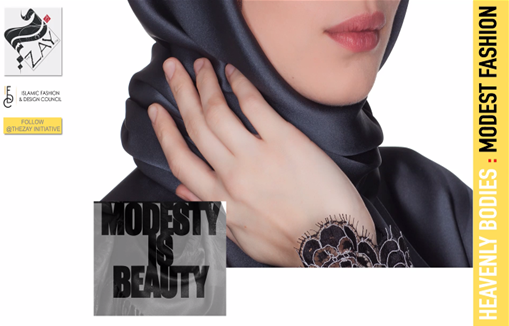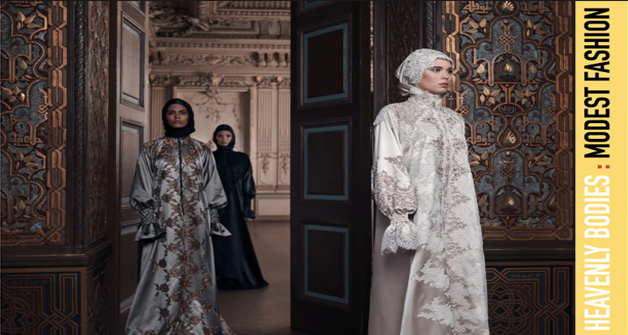The Zay Initiative Modest Fashion Dialogue With Alia Khan
- Nikoleta Morales
- Oct 22, 2020
- 3 min read
Updated: May 1, 2021
Written by: Nikoleta Morales
The term modest fashion has been making more and more headlines lately in the fashion industry. It refers to clothing that is less revealing and aligned with one’s spiritual and religious beliefs. Studies show that modest fashion came to term in the mid 2000s.
A dialogue about modest fashion was held between Dr. Reem El Mutwalli, Founder of the Zay Initiative and Alia Khan, Founder and Chairwoman of Islamic Fashion and Design Council (IFDC). The aim was to bring awareness to sustainability and cross cultural dialogue.
LISTEN: Alia Khan's full interview can be heard on our cover page or at Soundcloud here.
According to Khan, the modest fashion has emerged due to social media presence and the involvement of influencers who were interested in it, putting the notion forward. It is still relatively young fashion that is building up traction in the industry. She says it is a “holistic concept committed to a higher value system.”
“We follow guidelines to make choices based on the values we learned or grew up with and have been taught,” says Khan. “It's a personal journey.”
In the dialogue, Khan clarified that the modest fashion term applies to all religions and beliefs, not just Muslims. According to the faith based tradition, modest Muslims wear sleeves up the wrists, full length skirts and no backless shirts. Most also wear the hijab. “The modest lifestyle was put in the forefront by the massive population that wasn’t satisfied with the lack of choice and embraced the way they wanted the brand to align with their needs and demands,” she says. Dr. Reem added that many women feel empowered to wear according to their needs and have disposable income, which allows them to choose how and where to use that.
There is also a demand from more prestigious brands like Dolce & Gabbana, among others, to cater to the modest fashion industry. Khan says that a lot of brands are trying to build a representation in the modest fashion world but are sometimes missing the mark. “Fashion is a soft way to make strong statements,” she says. She says that consumers want the brands to understand the consumer’s values in order to be able to sell to them. “I want to see things done for me and not for a show, but for me as a consumer.” One example she uses is the hijab, which has a deeper meaning than a scarf on the head.
“ The modest value system is so progerssive because it allows you not to fall in the pitfalls of what society wants you to believe. You make decisions based on a value system,” Khan says. “It is a platform to support and develop the industry of modest fashion players.”
Khan says that modest fashion is a “very large consumer market with a significant buying power.” She says there is a demand for fashion brands to supply. Her organization uses fashion weeks and government talks to spread awareness and the message across. Together with the Zay Initiative they sustain and grow the message of fashion and boundaries.
“We use art and fashion to tell our stories and don't apologize for them,” Khan says. It is a fashion lifestyle that protects the heritage and traditions but also allows for a bigger concept of community and “third space.”
Dr. Reem says that nowadays in the Gulf Region the Western style of attire has been emulated to achieve urban development and modernization. She says in this area you can still see the sustainability of traditional clothing being adapted. The clothing is evolving and changing according to the needs of women today.
“Sincerity is power. Be sincere. Make everything shine because it's you wearing it,” says Khan.
For more on the Islamic Fashion Design Council, visit https://www.ifdcouncil.org/
Instagram: @ifdc_org
For more information on The Zay Iniative webinars or to support them, visit www.thezay.org Instagram: @thezayinitiative/













